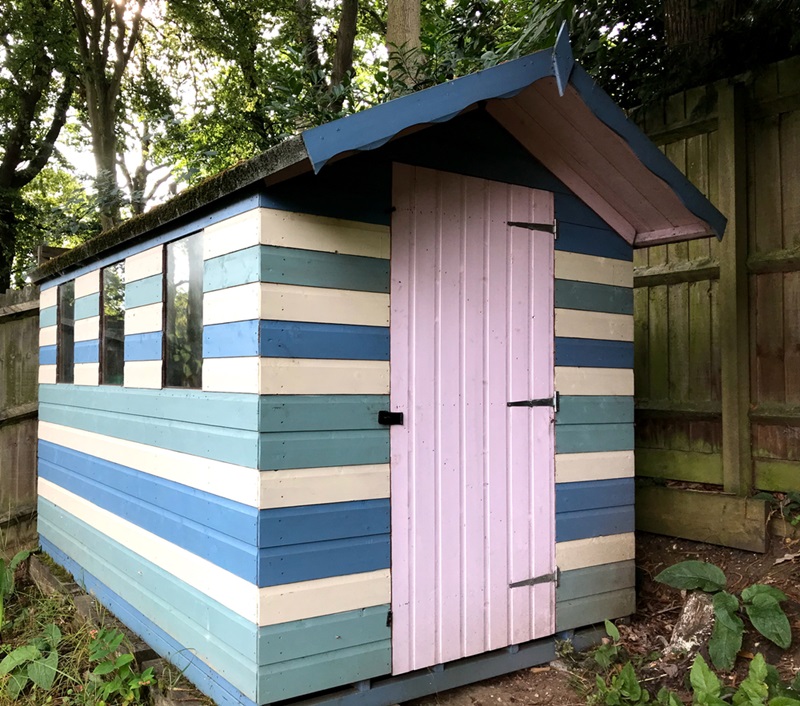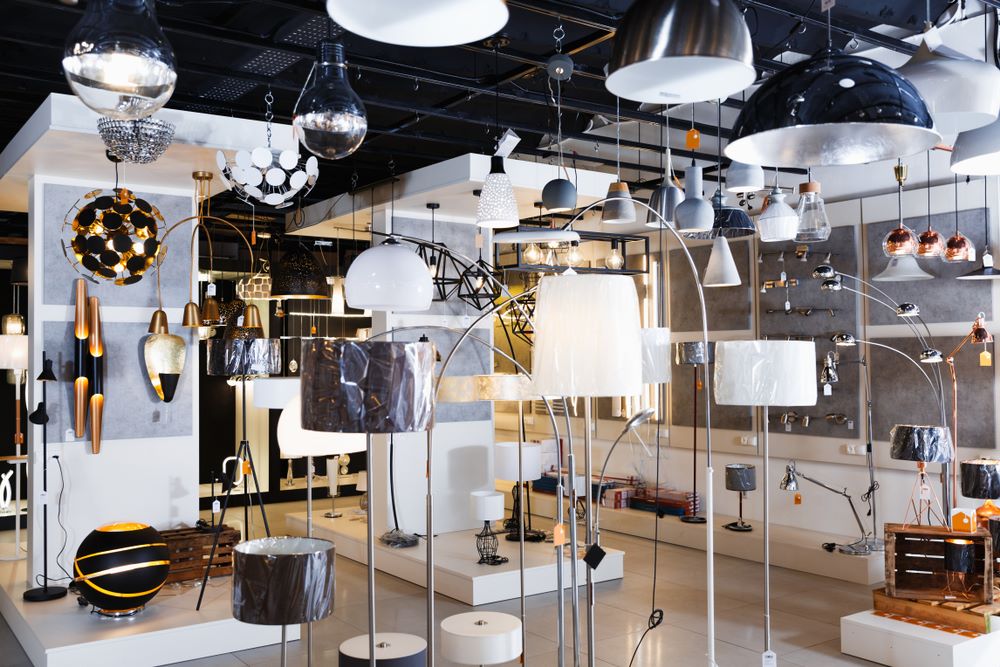Have you ever looked at your backyard and felt that something was missing? Perhaps you’ve considered adding a shed, but worry it might look out of place or lack personality? What if you could create a unique, functional space that not only meets your storage needs but also enhances the overall aesthetics of your outdoor area? Enter the world of DIY shed kits – a growing trend that’s taking Australian backyards by storm.
DIY shed kits offer a perfect blend of convenience and customization, allowing homeowners to create a structure that truly reflects their style and meets their specific needs. But why stop at just assembling a basic kit when you can transform it into a standout feature of your property? Customizing your shed kit opens up a world of possibilities, from creating a charming garden retreat to designing a practical workspace that seamlessly integrates with your home’s architecture.
In this comprehensive guide, we’ll explore five innovative ways to customize your DIY shed kit, turning it from a simple storage solution into a true backyard masterpiece. We’ll delve into everything from choosing the right kit for your needs to incorporating smart technology and eco-friendly features. Whether you’re a seasoned DIY enthusiast or a first-time shed builder, this article will provide you with valuable insights, practical tips, and creative ideas to help you make the most of your outdoor space. So, grab your tool belt and let’s embark on a journey to transform your backyard with a customized DIY shed that’s uniquely yours!
Choosing the Right DIY Shed Kit for Your Needs
Before diving into customization, it’s crucial to start with the right foundation selecting the perfect DIY shed kit for your specific requirements. This decision will set the stage for all your customization efforts, so it’s worth taking the time to consider your options carefully.
Begin by assessing your available space and determining the primary purpose of your shed. Are you looking for a compact storage solution for garden tools, or do you need a larger structure that can double as a workshop? Measure your intended location and consider factors such as access, sun exposure, and proximity to your home. It’s also wise to check with your local council regarding any size restrictions or permit requirements for backyard structures.
Next, consider the various materials available for DIY shed kits. Metal sheds are popular for their durability and low maintenance, making them ideal for harsh Australian climates. Wooden sheds offer a classic, natural look and are highly customizable but may require more upkeep. Plastic or resin sheds are lightweight, easy to assemble, and resistant to rot and pests, though they may not be as sturdy as their metal or wooden counterparts. Each material has its pros and cons, so weigh your options based on your climate, budget, and long-term plans for the shed.
Elevate Your Shed’s Exterior
Once you’ve chosen your DIY shed kit, it’s time to focus on making it stand out. The exterior of your shed is the first thing people will notice, so it’s essential to create a visually appealing facade that complements your home and garden.
Start by selecting colours that harmonize with your existing outdoor palette. Consider using the same or complementary hues as your house to create a cohesive look. For a bold statement, you could opt for a contrasting colour that adds a pop of excitement to your backyard. Don’t forget about the roof choosing an interesting colour or material for your shed’s roof can make a significant impact on its overall appearance.
Adding architectural details can transform a basic shed into a charming backyard feature. Consider installing decorative trim around windows and doors, or adding shutters for a cottage-like feel. Barn-style doors or a Dutch door can add character while also improving functionality. Don’t overlook the power of hardware – stylish door handles, hinges, and light fixtures can elevate the look of your shed with minimal effort.
For a truly stunning exterior, incorporate natural elements into your shed’s design. Create a vertical garden by installing trellises or lattice panels on the walls, perfect for growing climbing plants like jasmine or bougainvillea. This not only adds visual interest but also helps integrate your shed into the surrounding landscape. You could also consider adding window boxes filled with colorful flowers or herbs, creating a charming and practical touch to your customized shed.
Maximize Natural Light and Ventilation
A well-lit and properly ventilated shed is not only more pleasant to use but also helps protect your stored items from moisture and mildew. Customizing your DIY shed kit to maximize natural light and airflow can significantly enhance its functionality and comfort.
One of the most effective ways to brighten up your shed’s interior is by installing skylights or solar tubes. Skylights provide ample natural light and can be opened for additional ventilation, while solar tubes are a more budget-friendly option that can illuminate even the darkest corners of your shed. When positioning these features, consider the path of the sun throughout the day to maximize light exposure.
Windows play a crucial role in both lighting and ventilation. Consider upgrading the standard windows that come with your kit to larger or more stylish options. Casement windows that can be fully opened are excellent for improving airflow, while bay windows can create a charming nook inside your shed. Don’t forget to think about window placement – strategically positioned windows can create cross-ventilation, keeping your shed cool during hot Australian summers.
For optimal ventilation, incorporate features like louvred vents or whirlybirds into your shed’s design. Louvred vents can be installed near the floor and ceiling to promote air circulation, while whirlybirds on the roof can help expel hot air and reduce moisture build-up. These additions not only improve the comfort of your shed but also help protect your stored items from humidity-related issues.
Create a Functional and Stylish Interior
While the exterior of your shed makes a statement, the interior is where you’ll spend most of your time. Customizing the inside of your DIY shed kit can transform it from a basic storage space into a highly functional and enjoyable area that caters to your specific needs.
Start by designing a layout that suits your intended use for the shed. If it’s primarily for storage, consider installing adjustable shelving systems, pegboards for hanging tools, and built-in cabinets to maximize every inch of space. For a workspace, plan areas for a workbench, tool storage, and adequate lighting. If you’re creating a retreat or hobby room, focus on comfort with seating areas, good lighting, and perhaps a small kitchenette or tea-making station.
To make your shed comfortable year-round, consider adding insulation and lining the walls. This not only helps regulate temperature but also provides a more finished look to the interior. Choose materials that suit your climate and budget options range from traditional fiberglass batts to eco-friendly alternatives like sheep’s wool or recycled denim insulation.
Clever storage solutions can make a huge difference in the functionality of your shed. Utilize vertical space with wall-mounted organizers, hanging baskets, and overhead storage racks. Custom-built cabinets or repurposed furniture can add character while providing valuable storage. Don’t forget about the back of the door – over-door organizers or hooks can maximize this often-overlooked space. With thoughtful planning and creative solutions, even the smallest shed can become an organizational marvel.

Enhance Your Shed’s Surroundings
A beautifully customized shed deserves an equally attractive setting. Enhancing the area around your shed can create a cohesive look and make it an integral part of your backyard landscape.
Start by considering the landscaping immediately surrounding your shed. Create garden beds filled with native Australian plants that complement the shed’s style and colour. For a cottage-style shed, consider planting lavender, rosemary, or native daisies. For a more modern look, structural plants like cordylines or native grasses can create clean lines and visual interest. Don’t forget to add a layer of mulch to keep the area looking tidy and help retain moisture.
Creating a welcoming entrance to your shed can significantly enhance its appeal and functionality. Consider laying a path of pavers or decking leading up to the shed door. This not only looks attractive but also provides a clean, mud-free entrance during wet weather. For added charm, you could create a small seating area near the entrance, perfect for taking a break or enjoying your garden views.
Outdoor lighting is another crucial element in enhancing your shed’s surroundings. Solar-powered path lights can illuminate the way to your shed at night, improving safety and adding a magical glow to your garden. Consider installing motion-sensor lights near the entrance for security and convenience. For a touch of whimsy, string lights or lanterns can create a cozy atmosphere around your shed, perfect for evening gatherings or quiet contemplation in your backyard oasis.
Incorporate Smart Technology and Eco-Friendly Features
In today’s world, where sustainability and technology play increasingly important roles in our lives, why not extend these concepts to your customized shed? Incorporating smart technology and eco-friendly features can make your shed more efficient, convenient, and environmentally friendly.
One of the most impactful eco-friendly additions is installing solar panels on your shed’s roof. This can provide off-grid power for lighting, small appliances, or even power tools, making your shed self-sufficient and reducing your energy bills. Solar-powered ventilation fans are another great option, helping to regulate temperature without relying on mains electricity.
Water conservation is a crucial concern in many parts of Australia. Consider implementing a rainwater collection system on your shed. This can be as simple as attaching gutters and a downpipe to a rainwater tank, or as sophisticated as an integrated system that filters and pumps water for garden use. Not only does this reduce your water consumption, but it also provides a free water source for your garden during dry spells.
Smart home technology can add convenience and security to your customized shed. Install a smart lock system that allows you to control access via your smartphone, eliminating the need for keys. Motion-activated cameras can provide security, alerting you to any unexpected activity around your shed. For those using the shed as a workspace, smart plugs can allow you to control power to your tools remotely, adding an extra layer of safety.
DIY vs. Professional Help: When to Call in the Experts
While DIY shed kits are designed for self-assembly, there may be times when calling in professional help is the wisest choice. Understanding your own skill level and the complexity of your customization plans is crucial in deciding whether to tackle the project yourself or seek expert assistance.
Start by honestly assessing your DIY skills and available time. Basic assembly of a shed kit and simple customizations like painting or adding shelving are usually well within the capabilities of most homeowners. However, more complex modifications such as electrical work, plumbing, or structural changes may require professional expertise. Consider the tools you have available and whether you’re comfortable using them safely.
Certain tasks are best left to the professionals. These might include pouring a concrete slab foundation, installing skylights or windows (especially if it involves cutting into the shed structure), or any work involving electrical wiring or plumbing. If you’re unsure about local building codes or permit requirements, consulting with a professional can save you headaches down the line.
When seeking professional help, look for reputable tradies with experience in shed customization. Ask for recommendations from friends or family, or use trusted online platforms to find rated professionals. Always get multiple quotes and ask for references before committing. Look for tradies who are licensed, insured, and willing to provide a detailed contract outlining the scope of work. Remember, investing in professional help for complex tasks can save you time, ensure quality results, and potentially avoid costly mistakes.
Conclusion
Customizing your DIY shed kit is an exciting journey that allows you to create a truly unique and functional space in your backyard. By following the five tips we’ve explored – elevating the exterior, maximizing natural light and ventilation, creating a functional interior, enhancing the surroundings, and incorporating smart and eco-friendly features you can transform a basic shed into a standout feature of your property.
Remember, the key to successful customization lies in thoughtful planning and execution. Start by choosing the right kit for your needs, then let your creativity guide you as you personalize every aspect of your shed. Don’t be afraid to mix and match ideas or to put your own spin on these suggestions. Your shed should reflect your personal style and meet your specific needs.
Whether you’re creating additional storage space, setting up a workshop, or designing a backyard retreat, a customized DIY shed offers endless possibilities. It’s an opportunity to extend your living space, add value to your property, and create a structure that’s both beautiful and practical. So, roll up your sleeves, gather your tools, and get ready to embark on your shed customization adventure. Your perfect backyard awaits!
We’d love to hear about your own shed customization projects. Have you tried any of these tips? Do you have unique ideas to share? Join the conversation and inspire others in the DIY community. Remember, every great backyard transformation starts with a vision and a willingness to get your hands dirty. Happy building!




